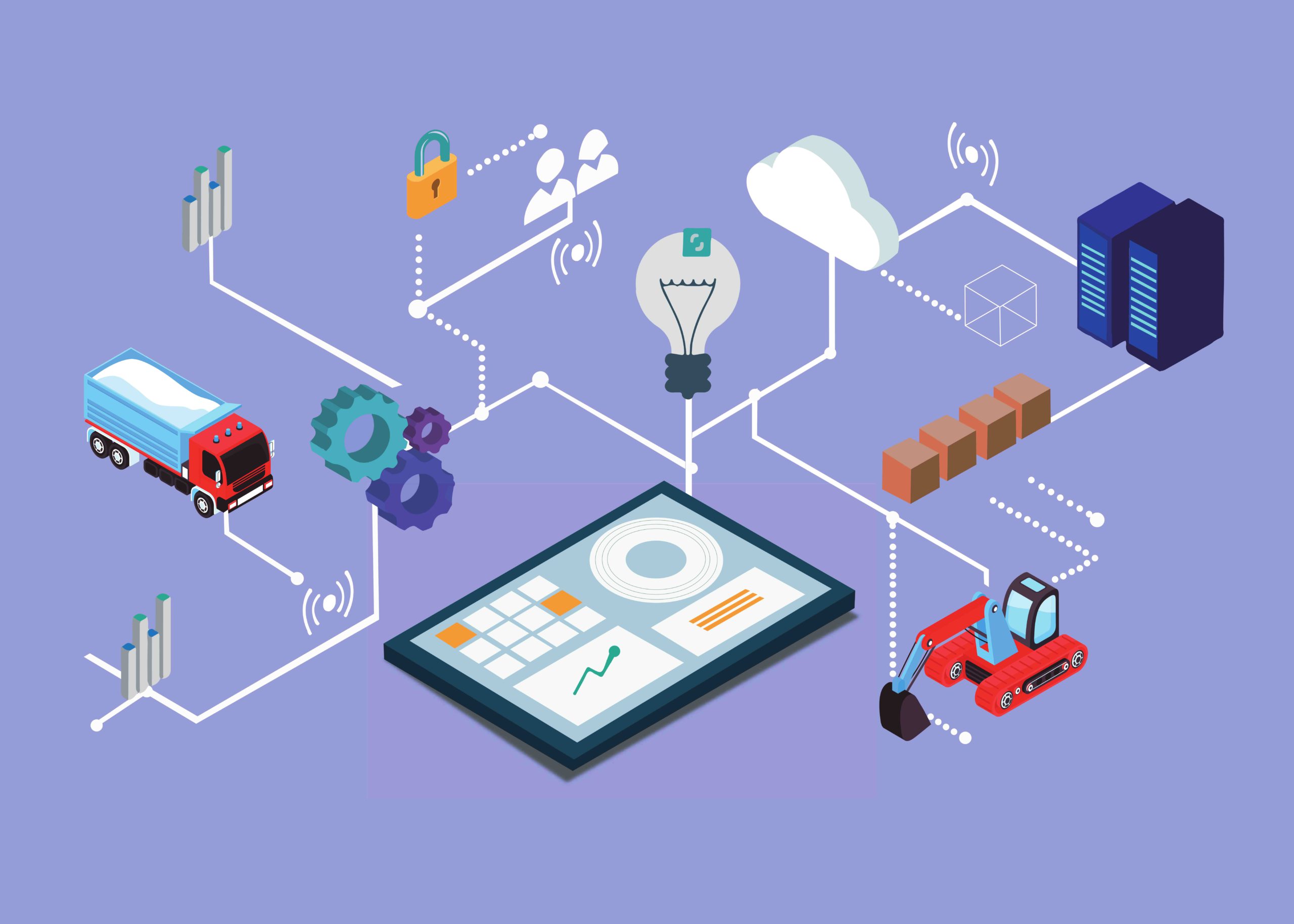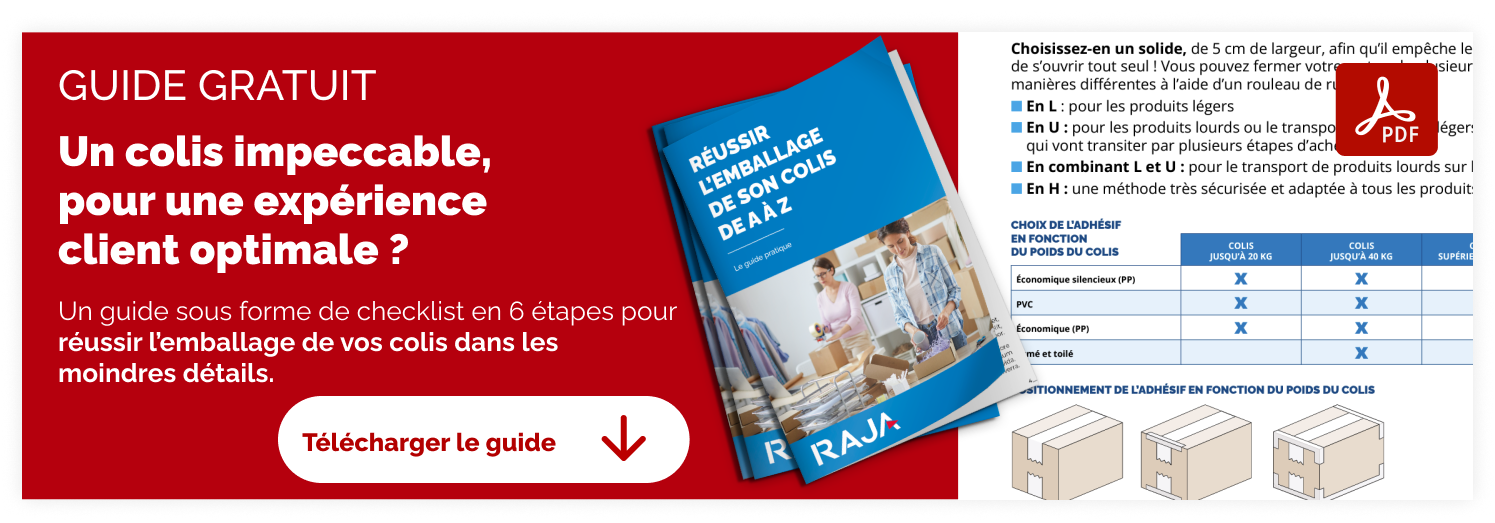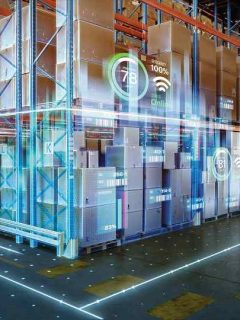Did you know that 54% of companies still use an Excel spreadsheet to manage the transport of their goods?
A Transport Management System is a software dedicated to the management of the transport of your products. The TMS supports the optimisation of the costs linked to transport, but also saves time and productivity in your warehouse.
This article presents all you need to know about the TMS and its advantages for a logistics industry.

Transport Management System: Definition and Uses
A Transport Management System facilitates the management of the transport function in a company. Literally a Transport Management System, it takes the form of software, which enables you to manage your transport flows. This tool facilitates the work of transporters and logistics service providers.
The TMS can be adapted to various means of transport:
- Maritime
- Rail
- River
- Air
- Road
The functionalities of a TMS are based on four levers:
|
Strategic |
Tactical |
Operational |
Execution |
|
|
|
|
The data provided by the TMS can be used by the supply chain manager to optimise the company’s activity.

How does a logistics TMS work?
The logistics TMS can be combined with other new logistics technologies such as ERP or WMS. The software has a dashboard, from which you can access the different functionality menus, depending on the options provided by the editor.
From the user interface you can :
1. Plan your order shipments
From the software, you associate your drivers or your delivery service provider to orders. The TMS makes it possible to draw up a detailed delivery schedule.
2. Manage your delivery operations
The software takes care of the invoicing and the edition of documents for the follow-up of your assets. You can also edit your delivery labels and customer order forms.
3. Retrieve your transport information
After the shipments, the software keeps the data in memory! You are able to analyse your performance over the year: deadlines, container or truck filling rates, etc
|
Good to know: SMEs with fewer resources can opt for a TMS on an online platform. The company takes out a monthly or annual subscription. The online TMS offers customers the possibility of tracking their orders in real time and accessing their delivery notes with a single click. |
What are the advantages of deploying a TMS in your company?
This is a competitive advantage in the world of supply chainthe benefits of TMS software are varied and important for improving the transport function.
Support for analysis and decision making
The data provided by the software facilitates the analysis of the efficiency of your logistics processes. It allows you to establish the most optimised delivery scheme from the point of view of costs and deadlines. The real-time traceability of vehicles and products facilitates the analysis in the event of loss of goods.
More accurate operational route management
All stages of the logistics chain are known to the software: from scheduling to delivery, it allows you to precisely regulate the distribution of your goods.
The TMS even connects to your ERP system to automatically register invoices and make it easier to keep track of your accounts.
Continuous improvement of logistics
The TMS records all your Key Performance Indicators (KPIs), so you can analyse the strengths and weaknesses of your logistics transport and adjust it as necessary.
A process of continuous improvement of the activity can then take place, focusing on
- Cost management
- Compliance with delivery deadlines
- The filling rate of the means of transport..
Finally, with a transport management system, you can offer more transparency to your customers, e.g. you can communicate on your CO2 emissions.
Do you need a TMS to manage your warehouse?
A TMS is particularly useful for an e-commerce business, which operates 100% by delivery, and you can invest in this software as soon as managing your warehouse becomes more difficult.
Here are some arguments for installing a TMS:
- You combine the distribution channels for your goods
- You are expanding your international distribution
- You need to comply with transport standards (in the case of food)
- Your goods are expensive, you need precise tracking
- You carry out the majority of your transport internally
- You have several logistics sites, which need to communicate with each other
How to choose your TMS?
There are many transport management software publishers on the market. Here are some selection criteria to help you.
- The software’s scalability: will the software selected be powerful enough in a few years if your activity grows? Could you add more means of transport or references if you need to? Is it compatible with your other software?
- The sector of activity: does your industrial sector adapt to the use of a TMS? Do your customers or suppliers also use it?
- The budget: how much can you afford to invest in such software? Try to assess the possible economic benefits to determine your investment budget.
- Support in using the software: does the vendor provide video training material or does it offer face-to-face training?
A TMS solution offers support in automating tasks, tracking goods and monitoring deliveries. It enables warehouse operational staff to monitor order shipments, and logistics supervisors to optimise delivery processes.















